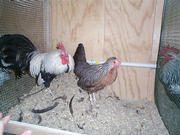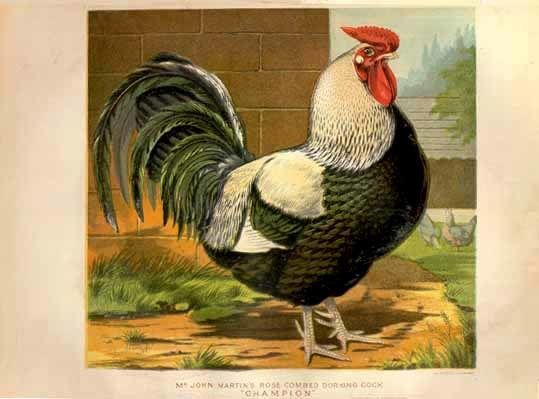- Thread starter
- #5,051
This moaning I got up and laying on the floor by my bed is a 1916 standard I found after cleaning up some stuff yesterday. I went to it to look up the silver Gray Dorking. Then I com paired this picture to the one in my 1964 standard. Not to much difference. They are brick shaped and have smaller necks more low to the ground. I always thought they would be a neat chicken to raise. Your male has the color just need to round off a few spots. As one master breeder told me one time he said you are almost there. Keep working on it and you will get where you want to be. In regards to your project its the same you are getting there. Just keep working on it and if any of the old genes are still there they will come to the surface if you put breeding pressure on the traits you are trying to reach. bob





